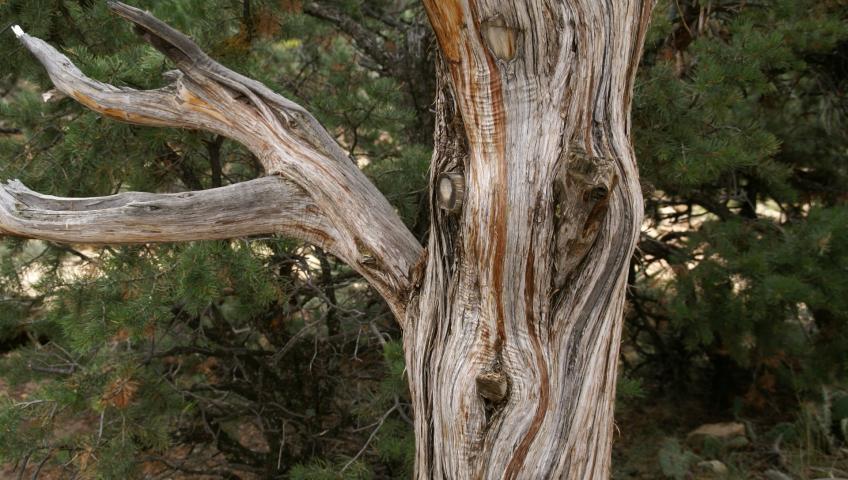When it comes to trees, topping is considered the worst thing to do. While in Hawaii, companies that would top trees would have customers asking if the tree topping was necessary and if it had to be so drastic. Because of no longer working for this particular company, I have the ability of being more honest and less evasive by saying, no. While topping the beautiful trees, it never felt comfortable, because it was causing a bunch of irreparable damages.
The truth is, there is rarely a situation that requires a tree topping. For instance, one of the exceptions is when the tree has naturally died, such as with frost damages which is more common with ficus trees. There are many who are simply scared of the large growth of their trees, requesting them to be topped.
Living within shadows of a giant tree can be intimidating for some. However, trees that have been topped are the most dangerous trees. This is because topping a tree, suckers growing from the ends of a cut will grow quickly. Typically, a topped tree will recover its height in less than 5 years from the tree topping. Generally, faster growth means weaker growth, while the opposite is true too. Suckers that grow frantically, are much weaker.
There are other factors contributing to the tendency of a sucker shedding, such as new growth only being able to attach to the outer section of a branch. Therefore, normal branches have formed a type of root within the trunk.
The larger the branch and trunk, the larger this attachment will be. When suckers begin forming on the outer part of a trunk, it results in a poor attachment, increasing the risk of failure. Storm damage and a trees capacity to withstand it is one of the most over-estimated factors.
There have been situations where an 80-foot high Eucalyptus tree has directly fallen on a house, but caused no structural damages. Although, I have witnessed properly thinned trees never falling over. The tree height, in my opinion, is a small factor associated with the tendency of trees falling over during a micro burst. Usually, it is thicker, overgrown trees that create more surface area and fall over.
What can be done if a tree was already topped?
The term “Crown Restoration” should be an area a professional arborist should be familiar with in the tree industry. Once a tree has been topped, an arborist with experience can try to elevate or repair damages. Generally, after topping, between 5 to 8 suckers try to become the dominant sucker at the top of a tree topping. Certain trees will attempt to self-heal by causing weaker suckers to fall, leaving only the strongest. However, there are safer ways to go about it.
The full process for repairing topped trees can take between 3 to 5 years. It requires a selective thinning of the growing suckers. For instance, the first year two suckers are removed. Year two, remove another two suckers, etc.
When finished, a repaired tree will have a single sucker with a thicker trunk. With time, a stronger attachment will develop between trunk and sucker. The number of pruning’s required to reach the final result will depend on different factors.
Additionally, around the time the crown restoration feels like it is finished, the height may need to be reduced using proper cutting reduction. Therefore, you should not allow anyone to conduct a tree topping on your trees. It is necessary as a consumer to understand the appearance of a nice cut, allowing you to make an informed decision about who you have working on your trees. There are numerous companies advertising ‘Tree topping’ services, you should be cautious when seeing this.
Liberty Tree Care Offers Tree Trimming in Scottsdale, Arizona
If you are searching for tree trimming in Scottsdale, Mesa or Tempe, Liberty Tree Experts can help! Get a free tree trimming quote by giving Liberty a call today at 480-482-9374.

